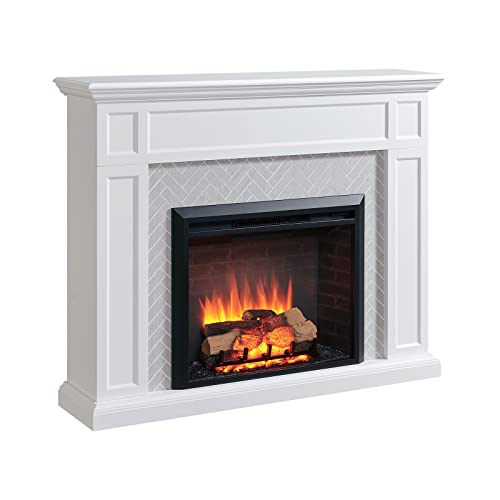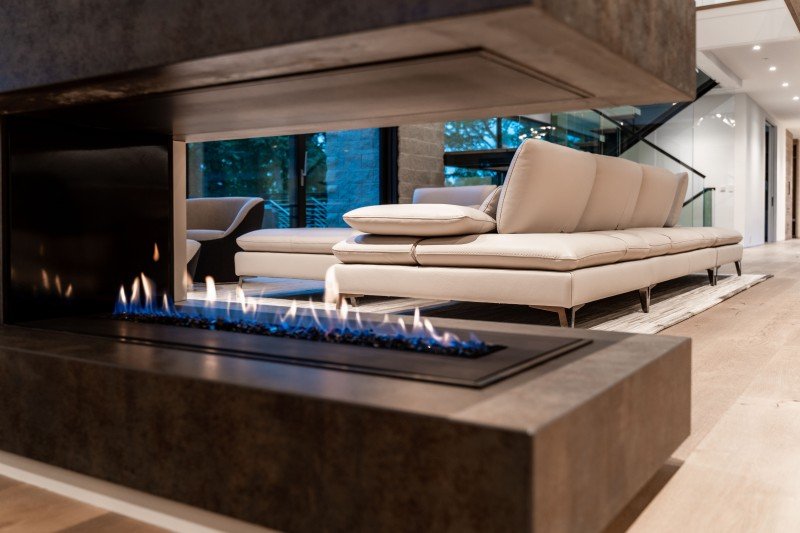fireplaces0547
About fireplaces0547
The Advanced Guide To Outdoor Stoves Online
Best Value Fireplaces: An In-Depth Guide
The fireplace has actually long been considered as the heart of a home, offering heat, ambiance, and a centerpiece for social gatherings. However, browsing through various choices can be frustrating, particularly with budget plan restraints in mind. This article presents a useful guide on the best value fireplaces, detailing their types, features, and benefits to assist property owners make a smart option.

Types of Fireplaces
Fireplaces can be found in a range of designs and types, each with various qualities, expenses, and advantages. Here’s a detailed look at the most typical types of fireplaces available in the market today.
| Kind of Fireplace | Description | Typical Cost | Pros | Cons |
|---|---|---|---|---|
| Wood-Burning | Burn logs to develop heat and ambiance. | ₤ 1,500 – ₤ 5,000 | Authentic experience, natural heat | Requires routine maintenance, less efficient |
| Gas Fireplaces | Utilizes natural gas or lp to produce heat. | ₤ 2,000 – ₤ 5,000 | Easy to utilize, cleaner than wood | Minimal to gas supply, installation expenses |
| Electric Fireplaces | Simulates flames with LED innovation and produces heat by means of electrical power. | ₤ 200 – ₤ 3,000 | Easy installation, setup versatility | Less genuine feel, higher operating expense |
| Pellet Stoves | Use compressed wood or biomass pellets, offering an eco-friendly choice. | ₤ 3,000 – ₤ 4,500 | Efficient, low emissions | Requirements electricity to operate, needs storage for pellets |
| Ethanol Fireplaces | Burns ethanol fuel, producing flames that don’t require a chimney. | ₤ 300 – ₤ 2,500 | No vents required, portable | Higher fuel cost, security issues |
Aspects to Consider When Choosing a Fireplace
Picking the best fireplace is not almost visual appeals; it likewise involves practical factors to consider. Here are vital aspects to bear in mind:
1. Spending plan
- Identify just how much you are willing to spend. Bear in mind that installation and upkeep expenses can add up.
2. Area and Size
- Ensure the fireplace fits well within the room, considering both the space readily available and the heating requirements.
3. Fuel Type
- Pick the fuel source based on availability, expense, and the kind of ambiance you wish to accomplish.
4. Efficiency
- Go with systems with high-efficiency rankings to guarantee you are getting the most value for your cash in regards to heat output.
5. Visual Appeal
- Choose a style and design that complements existing design and enhances the overall charm of the area.
6. Laws
- Understand local regulations, permits, and building regulations that may impact your fireplace setup.
Top Best Value Fireplaces
Based on consumer evaluations, specialist viewpoints, and total value for money, here are a few of the best value fireplaces presently available in the market:
1. DuraVent Pellet Stove
- Type: Pellet
- Typical Cost: ₤ 2,000
- Emphasizes: Highly efficient with low emissions, making it an exceptional choice for environmentally-conscious house owners.
2. Napoleon B36NTR-1
- Type: Gas
- Average Cost: ₤ 2,500
- Emphasizes: This fireplace is aesthetically appealing and highly efficient, with a sleek style and adjustable flame.
3. Duraflame Electric Heater Stove
- Type: Electric
- Average Cost: ₤ 200
- Emphasizes: Affordable and portable, best for smaller sized spaces or adding ambiance to a room without long-term installation.
4. Genuine Flame Juliet Gel Fireplace
- Type: Ethanol
- Typical Cost: ₤ 300
- Emphasizes: An elegant alternative for modern spaces that needs no venting, making it versatile and simple to install.
5. Vogelzang VG5790
- Type: Wood-Burning
- Average Cost: ₤ 800
- Emphasizes: Offers a traditional wood-burning experience with a streamlined modern design, ideal for those who treasure the traditional atmosphere.
Often Asked Questions (FAQs)
Q1: What is the most cost-efficient fireplace option?
A1: Electric fireplaces tend to be the most cost-effective in regards to initial purchase price and installation, but can have greater operating expenses compared to gas or pellet units.
Q2: Are gas fireplaces more secure than wood-burning fireplaces?
A2: Yes, gas fireplaces generally produce less emissions and position a lower threat of chimney fires as they do not produce creosote like wood-burning systems.
Q3: Can I set up a fireplace myself?
A3: While some electric fireplaces permit simple self-installation, other types, particularly gas and wood-burning designs, typically need expert installation due to venting and safety issues.
Q4: How do I keep my fireplace?
A4: Regular maintenance includes cleaning up the chimney (for wood-burning fireplaces), looking for gas leakages (in gas units), and guaranteeing appropriate ventilation for electric designs.

Q5: Is an ethanol fireplace an excellent choice?
A5: Ethanol fireplaces are appealing for their modern style and ease of installation. However, they can be less efficient and more pricey to operate long-lasting compared to other fuel types.
Picking a value fireplace that satisfies your aesthetic choices and useful requirements involves thorough research and consideration. By comprehending different types of fireplaces, their associated expenses, and benefits, house owners can make educated decisions that will not just fit their budget however also improve the warm and welcoming environment of their homes. Whether selecting an electric, gas, wood-burning, pellet, or ethanol model, the ideal fireplace waits for to transform your home.
No listing found.
